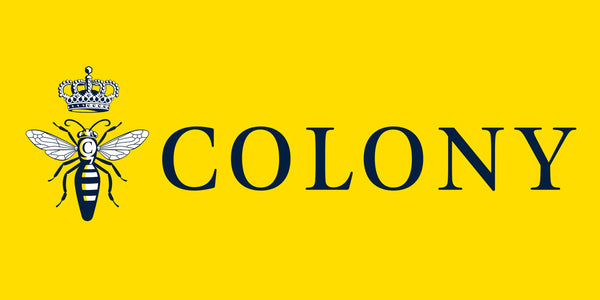May 20, 2020 is World Bee Day and with our native bee population declining up to 70% in some locations around New Zealand, perhaps due to loss of habitat, environmental pollutants such as herbicides, and increasing competition with exotic bees - yes, our honey bees - it is important we begin the journey of learning more about our native bees so we might lessen our impact on them in time.
Today we are going to learn a little about the Lasioglossum bee. There are actually four native species of Lasioglossum in New Zealand, but today, we are going to focus on the Lasioglossum sordidum.
At only 4-8 mm long, Lasioglossum sordidum are one of the smallest bees. They are black or greenish and only moderately hairy, so at a glance, you might think it was a fly... but it is indeed a native bee, and endemic to New Zealand (one of our 27 endemic native bees).
They have relatively large wings compared to their body size, dart around quite quickly with their agile bodies. They are nicknamed sweat bees, as human perspiration attracts them, so be careful what you swat about your body on a warm sunny day... it might be this little native bee!
The Lasioglossum sordidum has adapted well to modified habitats and its nests are often found on farmland, along fence lines and on stop-banks and ditch sides above water level. The small native bee nests on the ground, with the nest being constructed of many branching tunnels going down to 400 mm below the surface in fine grained soils. Within a few square meters of bare soil, there can be up to hundreds of females nesting.
The photo above is of a Lasioglossum sordidum collecting pollen and/or nectar from a daisy. The daisy is part of the asteraceae family and we have over 300 indigenous species that grow throughout the country. This relationship between daisy and the native bee has been evolving over many millions of years.
The Lasioglossum may have a short tongue (unlike the bumblebee) but they can still gather pollen extremely well. As well as collecting pollen from our native plants, they have been seen on many introduced varieties, including kiwifruit flowers. They can carry over half a million male pollen grains, the same as a bumble bee!
With their large wings, they can fly long distances from their nests to forage for pollen. Lasioglossum sordidum females are classed as solitary but many forage within the same nest and with many generations active at any given time, this suggests some limited social organisation.
So, like us as kiwis, this little bee punches far above its weight and is vital to our ecosystem. Next time you are out and about, have a look on a daisy for this little bee, and if you are lucky enough to find one, take a photo and spread the word.


